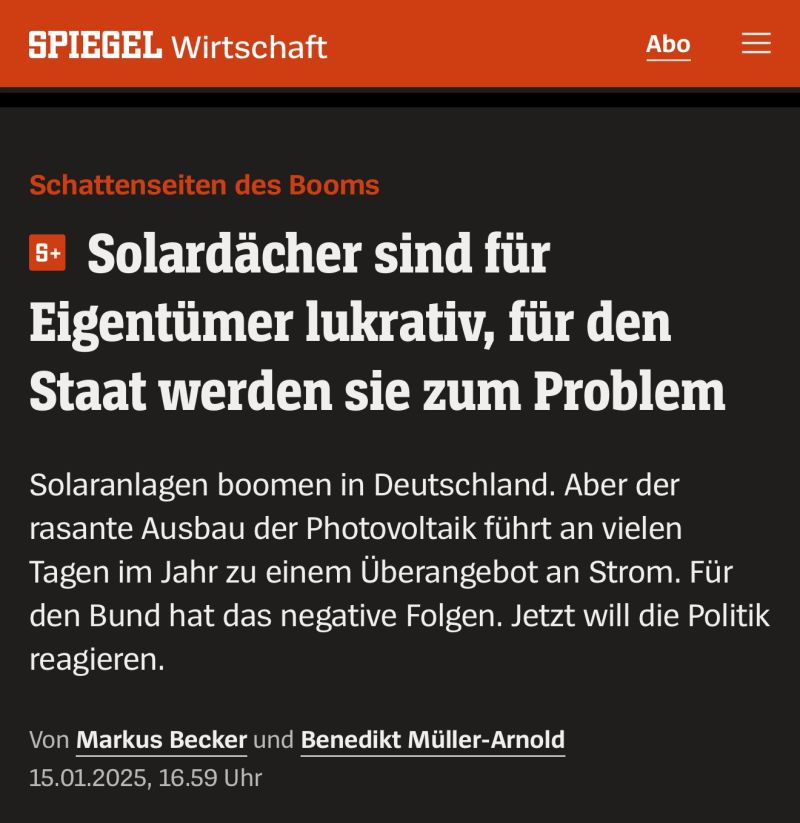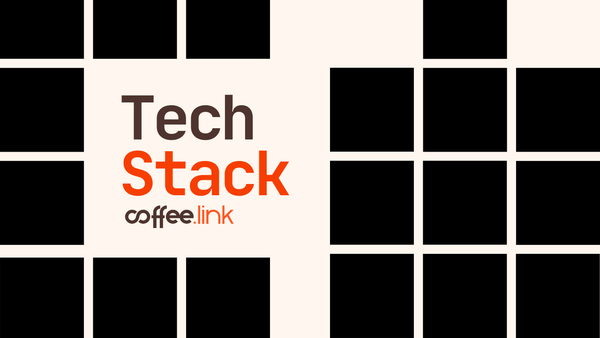Solar power is rapidly emerging as one of the most promising solutions to the world’s growing energy needs. From small rooftop installations to large-scale solar farms, the technology offers the cleanest and most cost-effective electricity available today. Yet despite its remarkable potential, solar is sometimes portrayed negatively—even in influential media outlets—because of outdated regulations and misunderstandings about how renewable energy works.
Recently, a post by the founder of 1KOMMA5° called attention to concerns about solar coverage in DER SPIEGEL, highlighting the need for a new conversation about what “smart solar” really means. The core message? The issue is not with the solar technology itself—“old” or “new”—but with the policies, regulations, and incentives that govern its adoption.
Old Solar vs. New Solar
-
#OldSolar: Under older regulations, when local grids face overcapacity, excess solar power is often still fed back into the grid—sometimes even rewarded with financial incentives, despite the risk of overloading the system. This can create issues for grid stability and lead to costly oversupply problems.
-
#NewSolar: The new generation of solar solutions goes beyond merely producing electricity. By pairing photovoltaic systems with batteries or other smart storage technologies, “new solar” ensures that power is either:
- Used on-site when generation peaks, or
- Stored for use later, particularly during times of lower solar production (night or “dunkelflaute”) or when grid demand is high.
This approach reduces strain on the grid, optimizes energy use, and increases overall cost-effectiveness. Instead of incentivizing solar feed-in during times of overproduction, policy should support storage solutions and smart grid integration.
The Role of Intelligent Storage
Whether in a household or commercial setting, “dumb” storage—batteries that simply charge and discharge on a static schedule—misses the opportunity to smooth out grid peaks effectively. In contrast, intelligent storage systems constantly monitor grid conditions, electricity prices, and weather patterns, optimizing when and how energy is used, stored, or sold. This flexibility benefits everyone:
- Consumers see reduced bills and gain energy independence.
- Grid operators get fewer voltage spikes and benefit from decentralized energy regulation.
- Society as a whole moves closer to a sustainable, resilient, and low-carbon future.
The founder of 1KOMMA5° notes that retrofitting existing solar installations with smart storage may offer one of the single biggest levers to reduce costs and ease the transition to a 100% renewable energy system.
The Importance of Smart Meters
In order to manage intelligent solar and storage systems on a large scale, advanced metering infrastructure is essential. As highlighted by energy leaders like Leo Birnbaum (E.ON), rolling out smart meters widely—and doing so at an affordable rate—is key to enabling real-time energy management. Without them, grid operators and consumers alike lack the data needed to time energy flows efficiently. Smart meters are the foundation for the dynamic pricing and flexible consumption models that make #NewSolar truly shine.
Rethinking Regulation
Current regulations and subsidies often focus on outdated metrics—such as paying for raw electricity fed into the grid, whether or not there is a demand. The conversation is shifting toward direct marketing, net-metering 2.0 models, or other frameworks that reward flexibility and self-consumption.
- Direct Marketing: Some argue it is the most efficient path forward, ensuring that energy is sold on open markets, reflecting actual demand.
- Bureaucratic Hurdles: Others caution against overly complex policy changes that might stifle innovation and lead to unintentional loopholes.
One common thread among energy experts is the belief that regulations should evolve to reward—and not penalize—smart energy solutions. The ultimate goal is to smooth out peak production, fortify grid stability, and allow consumers to benefit from lower, more predictable electricity costs.
A Bright Future
Solar and wind power are already the world’s cheapest forms of electricity generation. With the support of forward-thinking policies, the widespread rollout of smart meters, and a commitment to harnessing energy storage, solar can become the backbone of a reliable and secure energy system. As more players in the industry push for “new solar” approaches, we have a clear opportunity to reshape our electric grids and redefine how we produce and consume power.
In short, the real issue isn’t about solar’s viability. It’s about updating and harmonizing regulations with technology to ensure solar power is tapped at its fullest potential. With smart, flexible, and responsible design—from rooftop panels paired with intelligent batteries to large-scale storage projects—solar can continue to drive down electricity costs, reduce carbon footprints, and foster a robust, clean energy future for all.










